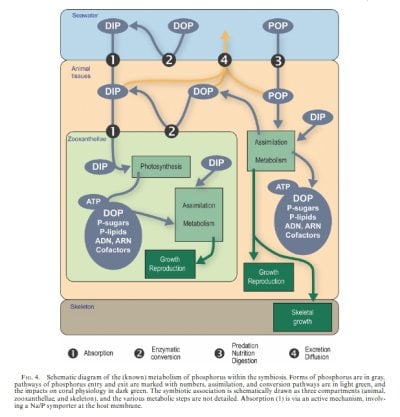I have set up a new system, water volume approx 1100L and it is intended to be SPS dominated in the long term. The tank has been running about 4 months, with the sump cycled a few months earlier than that, that has a compartment with deep gravel and rock. I ended up leading with fish and we are pretty well up to the planned maximum. Some are greedy, ended up with a fair sized greedy gem tang amongst others, fair input and output of phosphate all considered. The tank is keeping a few hammers and torch corals fine, plus a small Acropora frag, it’s still very understocked with corals. I appreciate there are many and varied opinions on target phosphate levels but I have chosen to keep the level at less than 0.1 ppm given the planned SPS stocking. Want to drive it rather than just accept what’s thrown at me. Unsurprisingly given the fish bioload phosphate started to rise and hit 0.25 ppm (Hanna ULR checker used below 0.2ppm , Salifert kit when it went too high). Decided to start to learn how to use GFO and set up 500g in a reactor. It worked beautifully , phosphate going down a bit faster than perhaps ideal the first 2 days, 0.1 ppm the first day, after 8 days the drop has slowed and we have hit what may be a stable level of 0.073 ppm, ideal.
Question is how do I nail this here? Is that easy using GFO or am I likely to seesaw as a result of refreshing the GFO? Maybe I should reduce the quantity to 250g when I reload the reactor? I was planning to do that when I saw phosphate starting to rise a little. Don’t want to crash the level, and am aiming for stability. Can I even achieve this with permanent use of GFO or is it more of a blunderbuss tool ? Advice from those experienced using GFO appreciated!
Steve
Question is how do I nail this here? Is that easy using GFO or am I likely to seesaw as a result of refreshing the GFO? Maybe I should reduce the quantity to 250g when I reload the reactor? I was planning to do that when I saw phosphate starting to rise a little. Don’t want to crash the level, and am aiming for stability. Can I even achieve this with permanent use of GFO or is it more of a blunderbuss tool ? Advice from those experienced using GFO appreciated!
Steve






















